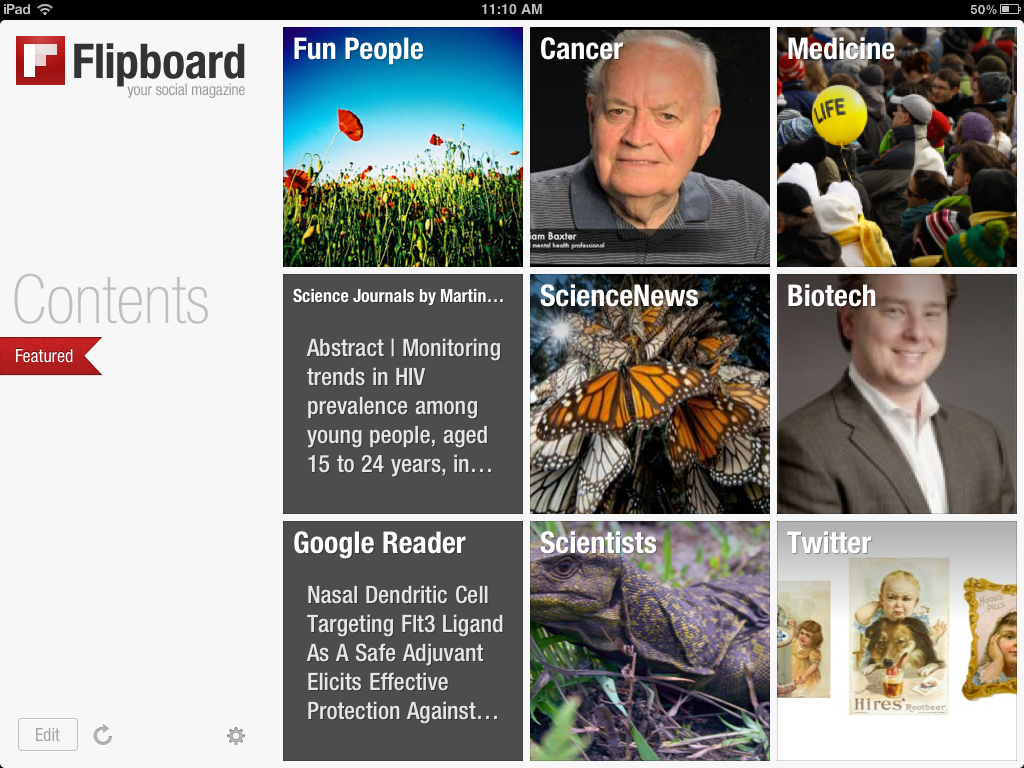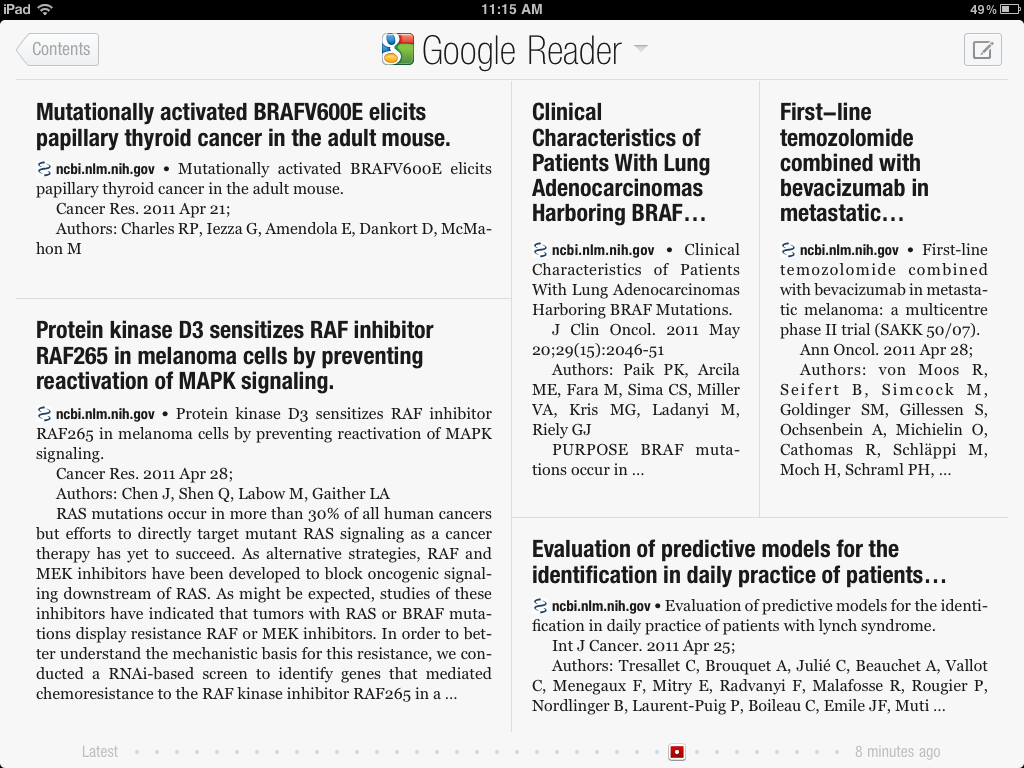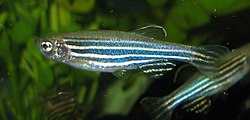A year in the life of Pharma Strategy Blog
Last week brought the first anniversary of this blog since moving to WordPress as a platform, but as luck would have it, I was snowed under with more work than usual.
Several people have asked about the stats here recently, so it seems a good time as any to do an annual review. Although this blog has been up and running since 2006, it only started on WP on October 24th 2010.
In the last twelve months, PSB has seen the following activity:
- 614K reads, with around 50-60K reads per month
- 337K visitors, approx. 30K visitors per month
The busiest day was 6th June, with nearly 5K reads, thanks to a kind link from Matt Herper of Forbes Health. Ironically, the interim and eagerly anticipated MDV3100 phase III data from Medivation is now due before the end of the year. More on that when the announcement comes out!
What were the most popular posts? Here’s the Top Ten on Pharma Strategy Blog from the last year based on hits:
- PI3K: a hot topic in cancer research
- Update on PARP inhibitors
- PLX4032 phase III data in metastatic melanoma
- Improved survival with ipilimumab in metastatic melanoma
- Crizotinib and ALK rearrangements: Ross Camidge interview
- Abiraterone/Zytiga FDA approval
- Interview with Charles Sawyers
- PLX4032 in metastatic melanoma
- Update on PI3K from ASCO
- Brentuximab Vedotin (SGN-35) for Relapsed CD30-Positive Lymphomas
In some ways, the popularity of these particular posts are no surprise, since if you asked me to name the hot topics in oncology this year, I would have said:
- ALK in lung cancer
- BRAF and CTLA4 in melanoma
- Abiraterone in advanced prostate cancer
- ADCs and brentuximab
It wasn’t all positive though, as the ongoing PARP story has been notable largely for the negative data. That may change in the future as scientists and clinicians grapple with finding the right targets and sub populations to aim these therapies at.
I was particularly pleased to see that PI3K resonated with the audience as this one of my favourite pathways, although we still have a long way to go to crack the nut with this target.
A big thank you to everyone who read PSB, posted comments, shared articles or the many email exchanges that have taken place; it is much appreciated and I hope that you have enjoyed reading my thoughts and commentary.
Come December, I will post the annual review and predictions for 2012, but in the meantime, normal blog commentary on cancer related topics will resume tomorrow.
 This week a fascinating paper appeared in one of my favorite journals, Science Translational Medicine. Until now, it had been assumed that antibodies only bind to proteins found on the cancer cell surface, largely because of the size of the molecules:
This week a fascinating paper appeared in one of my favorite journals, Science Translational Medicine. Until now, it had been assumed that antibodies only bind to proteins found on the cancer cell surface, largely because of the size of the molecules:





